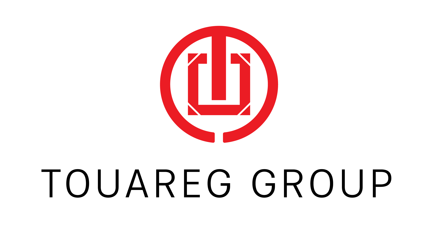



Sustainable investing approaches aim to deliver attractive returns through investments in issuers that contribute to positive social and environmental outcomes. Yet this massive opportunity can also create risks, because there is a smaller pool of sustainable investment targets to choose from. The backbone of these approaches is implementing a repeatable process for selecting issuers that are aligned with sustainability goals and also have solid business models with strong return potential.
That’s not so easy to do in a multi-asset portfolio. It’s hard to apply a consistent framework between different asset classes. But today, innovations are emerging that make multi-asset approaches more appealing.
These innovations are particularly important for investors with lower risk tolerances or those who seek a more balanced investment journey. Although equity approaches offer the most attractive long-term return potential, they can be prone to significant short-term volatility and drawdowns, as we’ve seen this year. Fixed-income and multi-asset approaches allow investors to access a wider range of sustainable investments and offer more diversification benefits.
Multi-asset portfolios have access to additional levers to balance portfolio risks and reduce volatility—especially in a sustainable universe.
The most obvious benefit is the ability to access a wider range of asset classes within a single portfolio. Multi-asset managers can combine equities and fixed income, and integrate exposure to nontraditional assets like real estate and infrastructure. For example, ESG-labelled bond issuances are booming, including green bonds that enable proceeds to be invested directly into sustainable projects. Within nontraditional assets, investors can increasingly access sustainable investments in digital infrastructure or in renewable power generation. These different exposures all enhance diversification in companies that contribute to positive environmental and social outcomes.
Maintaining balance rules out the use of too much ballast outside equities. For instance, in a multi-asset context, increasing the weights of lower-risk but lower-return asset classes such as bonds and cash to reduce equity volatility could undermine returns.
At the same time, maintaining high return potential and sustainability standards requires more than just a quant screen. Both warrant appraising companies individually by pairing fundamental and quantitative analysis, especially as ESG lapses are common in newer innovative fast-growing companies

Diversification in multi-asset portfolios also extends beyond simple asset class exposures. Within equities, for example, we can create positions across a broad range of investment styles to help deliver more balanced outcomes for investors.
Traditional diversification tactics won’t necessarily do the job. For example, rebalancing across a wider range of stocks isn’t a complete solution to address style bias in an equity segment of a sustainable portfolio. A sustainable multi-asset approach must be more nuanced because there are more issues to consider. Specifically, while aiming for lower volatility, it’s crucial to maintain both robust long-term return potential and strong sustainability credentials. And security selection across a wider mix of names must be driven by high quality fundamental and quantitative research to support both performance and sustainability alignment.
Finding companies with strong sustainability credentials requires a clear roadmap. We believe that the UN Sustainable Development Goals (SDGs), which are backing projects worth between US$5 trillion and US$7 trillion per year through 2030, provides a good framework for sustainable investors.
When constructed with a disciplined stock-selection approach, active equity portfolios that are aligned with the SDGs can capture strong long-term return potential. But they often have an intrinsic style bias toward growth stocks, according to Morningstar data. Growth stocks are more sensitive to changes in interest rates than other types of stocks. This is less of a problem in falling or low-interest-rate environments, or for investors with longer investment horizons or higher risk tolerance. But this year, rising rates have disproportionately hurt the performance of many sustainable equity funds.
For investors seeking more balanced exposure to sustainability opportunities, we believe a two-stage approach for the global equity component of a multi-asset strategy can be effective. First allocate to a concentrated, high quality sustainable equity growth portfolio. Then, allocate to a custom completion portfolio to balance the first and create a less growth-biased total equity mix.
Sourcing a complementary active equity strategy that focuses on mature, high quality companies with lower volatility characteristics, can help counter some common biases in sustainable equity portfolios. And by integrating a uniform and strict sustainability framework, it’s possible to create a less volatile and more balanced global equity allocation. We believe this approach can generate similar returns to a standard global equity growth portfolio—but with much less volatility.
Both a concentrated active equity portfolio and a well-structured multi-asset approach can offer powerful sustainable solutions. The appropriate choice depends principally on an investor’s risk tolerance and time horizon. While a growth equity solution may offer higher returns over the long-term, the first half of 2022 provides a cautionary tale: against the backdrop of rising rates, global equity growth solutions suffered steep losses and sharp volatility.
Balanced by a broader mix of global equity components, we believe a multi-asset approach can help reduce drawdown risk in market downturns. When applied with consistency across asset classes, we believe this strategy can be particularly appealing to investors with shorter time horizons and lower risk tolerances seeking an innovative route to invest in sustainable businesses.
Other News

